Not According to Plan: Sektgut Christmann & Kauffmann
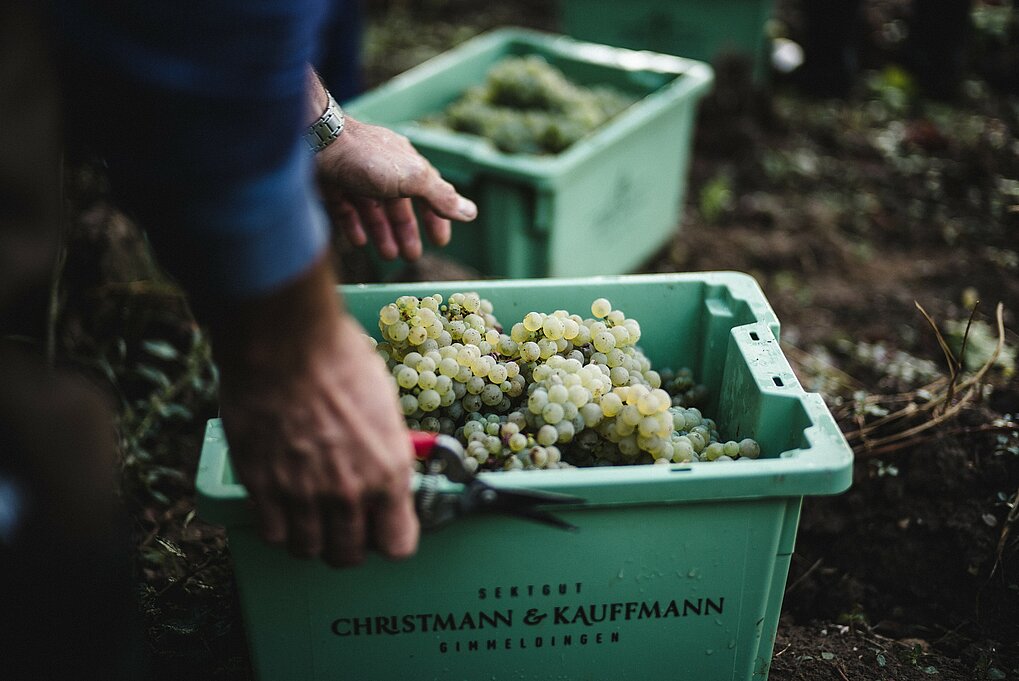
Champagne roots and Riesling blood: an interview with Pfalz’s newest sektgut Christmann & Kauffmann.

Champagne roots and Riesling blood: an interview with Pfalz’s newest sektgut Christmann & Kauffmann.
Writer, Editor, Publisher
Paula Redes Sidore moves smoothly between the worlds of wine and words. In 2012, she founded Weinstory, a creative content and translation agency dedicated to transposing the world of German-speaking wine into English. TRINK is the natural extension of that pursuit. She is the German and Austrian regional specialist for jancisrobinson.com and a member of the Circle of Wine Writers. Paula has a Masters degree in fiction writing, and her work has been featured in jr.com, Sevenfifty Daily, Feinschmecker, and Heated. She lives on the northern wall of wine growing with her family in Bonn, Germany.
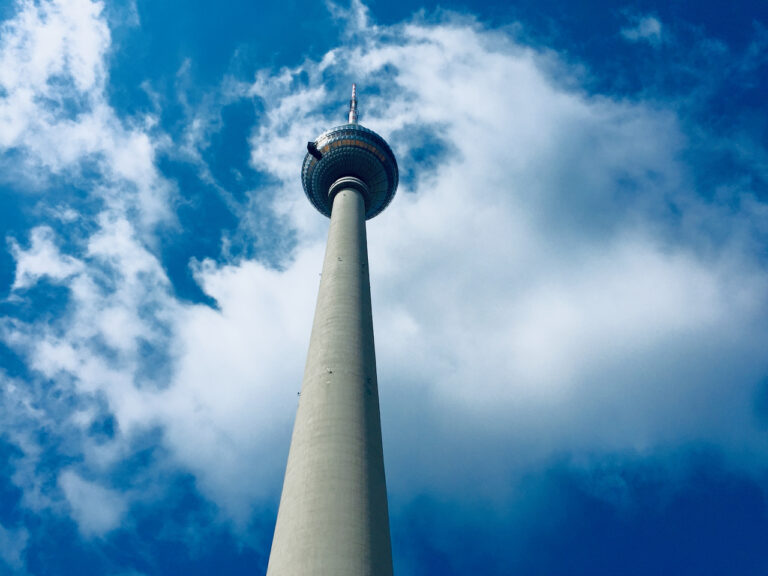
Over the last decade, Berlin has established itself as a wine city. No small feat, since little quality wine is made within a five-hour driving…...
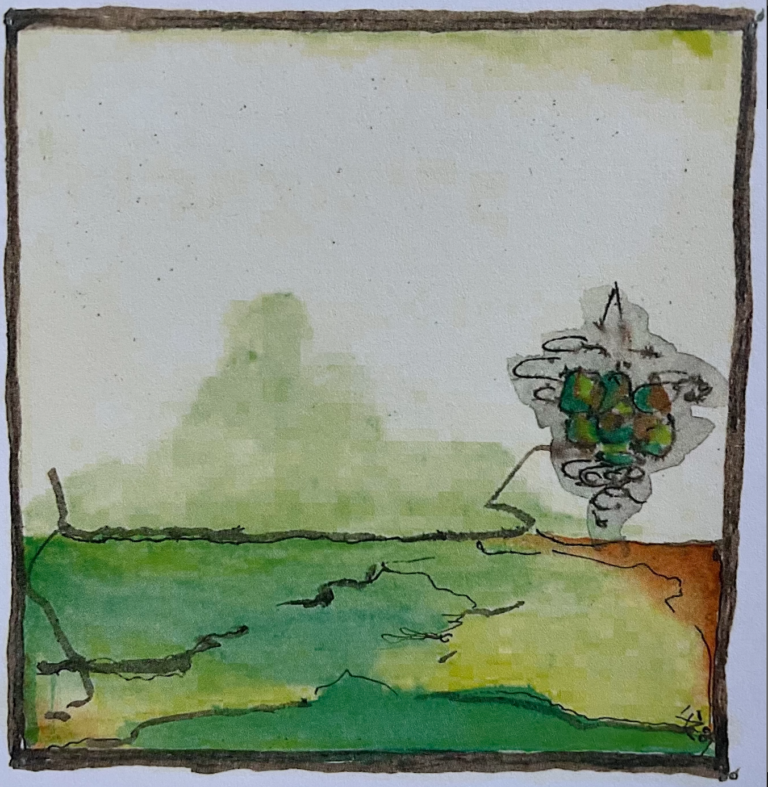
By Rudolf Trossen The sun recedes, the summer wanes,the ripe grapes long since gifted.A chill arrives under the guise of evening wind,Long shadows stretch heavy…...
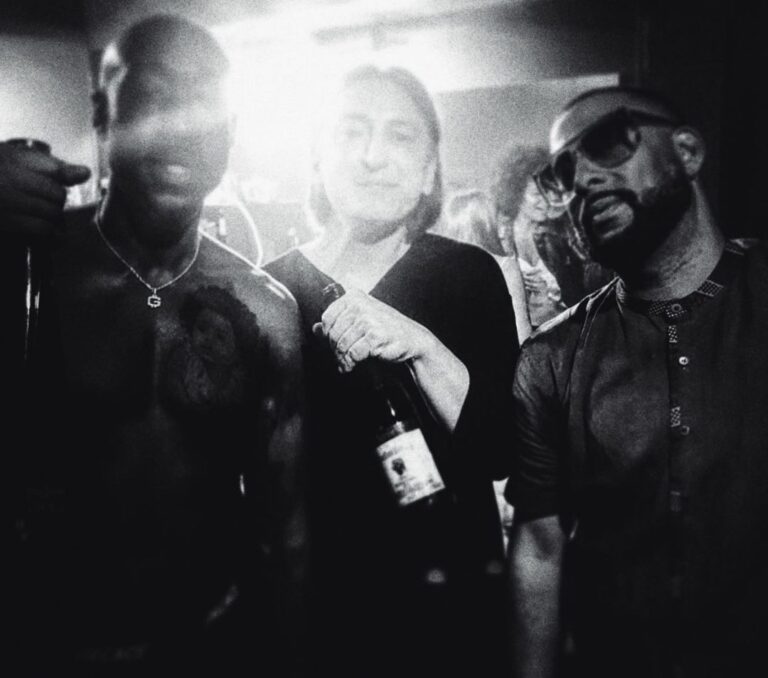
Known to his 18,000-plus Instagram followers as @soilpimp, Robert Dentice is a German wine collector and vinyl fanatic, founder of the Riesling Study event series,…...
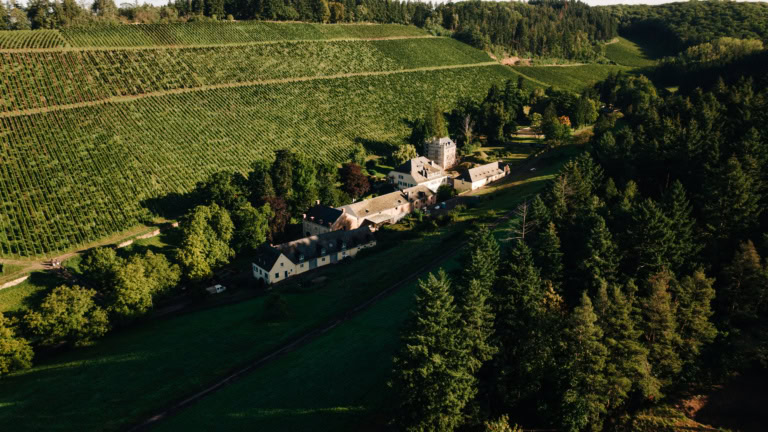
A new direction is taking shape at an ancient estate in the Ruwer.
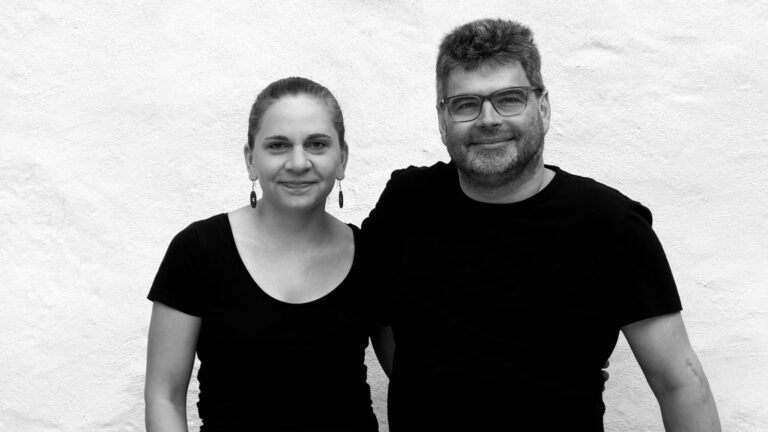
What do one of the Mosel’s oldest winemaking estates and a country with a fledgling wine-drinking culture have in common? The answer, as with most…...
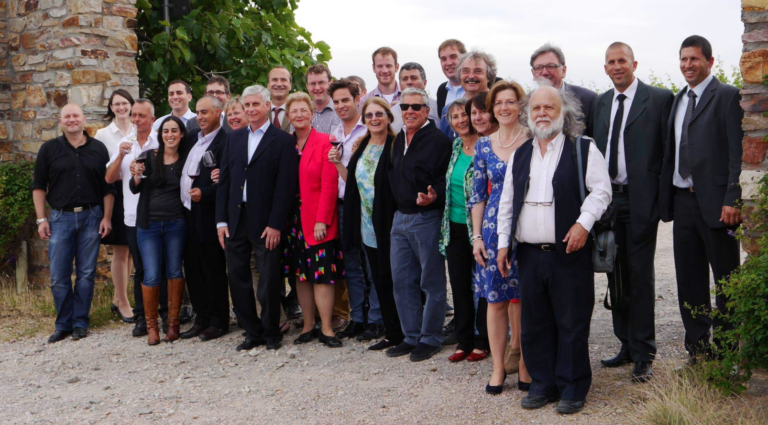
The Jewish State was proclaimed in 1948; the Federal Republic of Germany founded a year later. There was a pregnant pause when many wondered if…...
Enjoy unlimited access to TRINK! | Subscribe Today